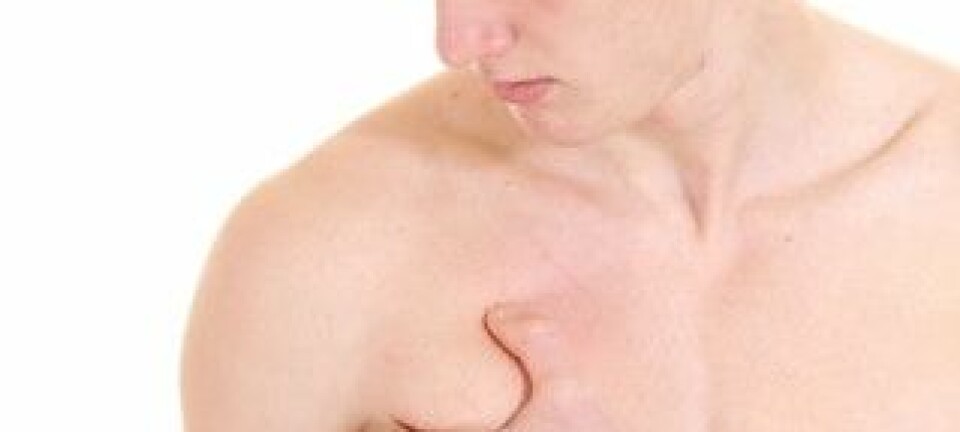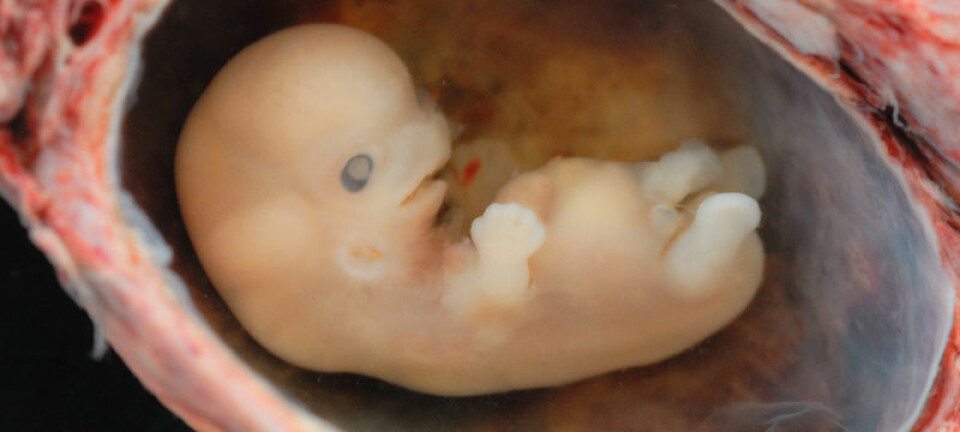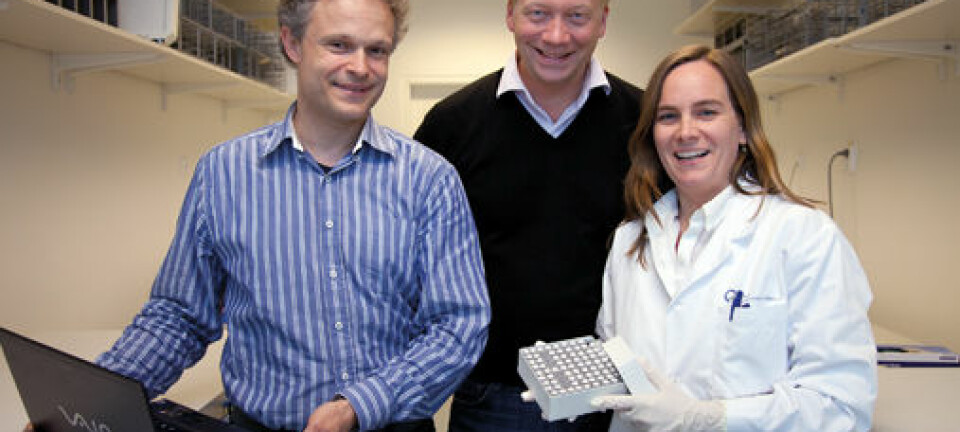
Breasts make life better
Women who have had one or both breasts removed surgically because of cancer are far happier if they have their breasts reconstructed, new study shows.
The breasts are an incredibly important part of a woman’s identity. This was confirmed in a recent study of the quality of life in women who have had their breasts reconstructed after breast cancer operation.
The women in the study had lived without one or both of their breasts for some time before deciding to have them reconstructed. Once this decision was made, the women reported an enormous boost in their general happiness.
”We observed a clear effect. It affects the women’s self-esteem in a positive way. They no longer think as much about cancer and they get greater pleasure from seeing themselves in the mirror,” says Tine Engberg Damsgaard, a clinical associate professor at Aarhus University’s Department of Clinical Medicine.
Quality of life with and without breasts
Together with colleagues and in connection with a series of PhD studies, Damsgaard has taken a closer look at all the 365 women who underwent breast reconstruction at the Aarhus University Hospital since 1992.
We observed a clear effect. It affects the women’s self-esteem in a positive way. They no longer think as much about cancer and they get greater pleasure from seeing themselves in the mirror.
The women had decided to have a breast reconstruction after having lived with an external breast prosthesis for some time, which has held in place by their bras. These women were asked to fill in a series of questionnaires.
”We measured the quality of life based on soft parameters. For instance, we asked the women how they felt about wearing and not wearing a bra on a scale of 1-7 – before and after the operation,” she says.
“We also asked whether they engaged in the same activities that they did before they had a breast removed as a result of cancer.”
New breasts reduce worries
Damsgaard recently spoke to a woman, who in many ways resembles the other women in the study:
We can see what works and what makes women with special problems extra happy. This will sharpen our ability to recommend the right procedure for the individual patient.
“She plays tennis and is now enjoying her ‘first summer without a prosthesis’, as she says. She no longer needs to think about skin care products and whether the prosthesis will fall off when she strikes the ball,” she explains.
“You can imagine what it’s like. Some women experience that the prosthesis falls out of the bra, e.g. in connection with sports, or when they swim in a bathing suit on the beach.”
For the same reason, many of the women have steered clear of swimming pools until after they had their breasts reconstructed.
Easier to choose the right form of surgery
The findings will help plastic surgeons determine which form of surgery will be best for the women.
“Since 1992 we have tried many different techniques,” says the researcher. “So we can see what works and what makes women with special problems extra happy. This will sharpen our ability to recommend the right procedure for the individual patient,” says Damsgaard.
“In some patients, the best results come from taking excess skin from the stomach. In others, it’s best to take excess skin from the back.”
The next step will involve a comparison between the quality of life in women who have undergone breast reconstruction and a comparable group of women who have decided not to have their breasts reconstructed.
The findings have been published in a series of PhD theses, including Bekka Anina Ozer Christensen’s ’Postmastectomy breast reconstruction. Evaluation of factors influencing early and long-term outcome’, which was tutored by Damsgaard.
------------------------
Read the Danish version of this article at videnskab.dk
Translated by: Dann Vinther














